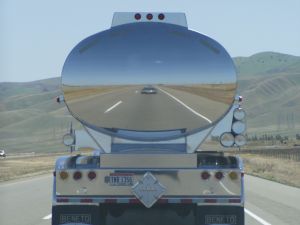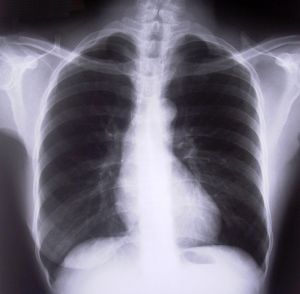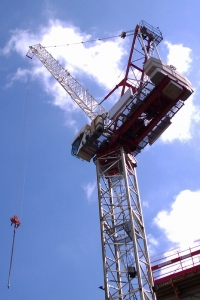Gales v. Sunoco & Amer. Zurich Ins., a case from the Maryland Court of Appeals, involved claimant who was injured while driving a gasoline tanker truck for his employer in February of 2010. Following the accident, employer’s insurance company compensated claimant under a workers’ compensation benefits rating of temporary total disability from February through December of 2010.
 Claimant requested that employer pay for additional temporary total disability benefits and for an evaluation by a pain management specialist. Employer denied employee’s claim.
Claimant requested that employer pay for additional temporary total disability benefits and for an evaluation by a pain management specialist. Employer denied employee’s claim.
At this point, employee filed a claim with the workers’ compensation commission and received an award of compensation, ordering employer pay for the additional benefits and the evaluation requested.
Continue reading
 Massachusetts Workers Compensation Lawyers Blog
Massachusetts Workers Compensation Lawyers Blog




 Both claimant and employer stipulated that this was a work-related injury. Her doctor placed her on medical leave and recommended that she stop working for employer. Her doctor continued to treat her and concluded that she reached maximum medical improvement in March of 2009.
Both claimant and employer stipulated that this was a work-related injury. Her doctor placed her on medical leave and recommended that she stop working for employer. Her doctor continued to treat her and concluded that she reached maximum medical improvement in March of 2009. According to a recent news article in the
According to a recent news article in the  According to a recent news article from
According to a recent news article from  The employee was rushed to a local Boston hospital following his workplace accident. His condition has not been released, and authorities do not yet know what caused the fall to occur.
The employee was rushed to a local Boston hospital following his workplace accident. His condition has not been released, and authorities do not yet know what caused the fall to occur. The retired veterinarian was working as a caretaker for two elephants when he decided to walk into their enclosure. His body was later discovered in a barn after being stepped on by one of the elephants in his care.
The retired veterinarian was working as a caretaker for two elephants when he decided to walk into their enclosure. His body was later discovered in a barn after being stepped on by one of the elephants in his care. The two men were attending a sales meeting at local golf course with representatives from their respective sales accounts. Defendant was driving a golf cart in which plaintiff was riding as a passenger when defendant lost control of the car and crashed into a retaining wall near hole six. Both men were thrown clear of the cart, and plaintiff injured his shoulder.
The two men were attending a sales meeting at local golf course with representatives from their respective sales accounts. Defendant was driving a golf cart in which plaintiff was riding as a passenger when defendant lost control of the car and crashed into a retaining wall near hole six. Both men were thrown clear of the cart, and plaintiff injured his shoulder.
 Under the new law that takes effect on January 1, 2015, employers must make detailed reports of fatal workplace accidents to the United States Occupational Safety and Health Administration (OSHA). Under the current law, these reports were only required if three or more employees were killed or hospitalized while at work. In the case of a fatality, the report must be submitted within eight hours of the accident.
Under the new law that takes effect on January 1, 2015, employers must make detailed reports of fatal workplace accidents to the United States Occupational Safety and Health Administration (OSHA). Under the current law, these reports were only required if three or more employees were killed or hospitalized while at work. In the case of a fatality, the report must be submitted within eight hours of the accident. It has been reported that the worker was a full-time machine operator who was crushed between an activated transfer paddle and an electrical box. The worker suffered multiple fractures to his pelvis and was seriously injured.
It has been reported that the worker was a full-time machine operator who was crushed between an activated transfer paddle and an electrical box. The worker suffered multiple fractures to his pelvis and was seriously injured.